Streaming is vital for internet use, entertainment, and communication, both at work and in personal life.
If virtual events and video calls during stay-at-home orders confused you, this post is for you. It is also for you if you want a review of streaming technology basics.
We will discuss streaming and its technology. This will include recent advancements, key tools, equipment, and uses.
Understanding Streaming Technology
Streaming technology is the real-time delivery of digital material such as videos, audio, and games over the internet.
Unlike traditional downloads, streaming allows users to access and use information without the need for local storage. It relies on codecs and compression techniques to efficiently transport data.
Streaming technology has uses in entertainment, education, and other fields because it provides convenience and rapid access. Streaming paves the path for interactive and high-definition experiences as technology progresses, influencing the future of digital content consumption.
Streaming and traditional downloading are means of gaining access to and consuming digital information such as videos, music, or software.
Streaming technology is the process of playing video from a remote server over the internet, allowing you to begin watching or listening without having to wait for the complete file to download.
Content is supplied in real-time and is not permanently kept on your device, freeing up storage space. To ensure uninterrupted viewing, a reliable internet connection is essential.
Traditional downloading, on the other hand, entails uploading the complete file from a server to your device before you can begin utilizing it.
Once downloaded, the content is saved locally, allowing you to access it even when you are not connected to the internet.
This approach takes longer to start and finish the download, but it has the advantage of independent playback without relying on real-time data streaming.
In short, streaming provides instant access to information but necessitates a persistent internet connection, whereas traditional downloading necessitates initial delay but allows for offline access. The decision between the two is influenced by factors such as convenience, data availability, and storage choices.
How Streaming Technology Works
Streaming technology transmits content in a step-by-step fashion.
First, encode and compress the material into data packets. Then users will receive those packets through the internet.
CDNs optimize this process by keeping copies of the content on servers strategically situated around the world.
When the user's device receives these packets, it begins decoding and decompressing them. The system plays data in real-time as it comes, enabling users to start watching or listening almost immediately.
Continuous monitoring and optimization by CDNs ensure smooth delivery even under fluctuating network circumstances, resulting in a flawless streaming experience.
Content Delivery Networks (CDNs) are critical to providing smooth streaming experiences. Geographically dispersed servers make up CDNs and store copies of content in many locations. When a user requests material, the CDN locates the server closest to the user, reducing data travel distance and latency.
It also improves streaming by lowering the strain on the origin server and improving scalability and dependability. They disperse traffic over numerous servers, avoiding bottlenecks and maintaining constant data delivery even during peak periods of demand. CDNs also provide adaptive bitrate streaming, which adjusts the quality dependent on the network conditions of the user, reducing buffering.
CDNs improve streaming by reducing delays, buffering, and interruptions, creating a smooth and enjoyable viewing or listening experience.
In streaming technology, codecs and encoding are also critical for effective data delivery.
Codecs are programs that compress audio and video data, resulting in smaller file sizes and faster
Efficient codecs retain high-quality output while reducing data consumption, which is critical for smooth streaming on low-bandwidth connections.
Encoding effectively guarantees that the content is conveyed equally and accurately at the user's end.
Both parts ensure smooth streaming. They do this by managing data size and quality. This enables optimal content delivery online. Additionally, it maintains a high-quality viewing experience.
Benefits of Using Streaming Technology
Streaming technology provides numerous advantages as follows, so we can access and use material easily.
Rapid Access
It offers rapid access to a large variety of media, avoiding the need for time-consuming downloads.
Streaming also reduces the device storage space, making it more suitable for consumers with limited storage capacity.
Cross-device Compatibility
Streaming technology also provides cross-device compatibility. It can help users seamlessly transition between devices without losing their place in the content.
Real-time Watching Experiences
Streaming technology provides real-time watching experiences, particularly during live events, linking people all over the world.
The adaptive streaming feature of the technology adapts the quality dependent on network conditions, ensuring consistent playback even with variable bandwidths.
Continuous Playback
Streaming systems allow continuous playback, ensuring an uninterrupted listening experience.
Adaptive streaming adapts audio quality to network conditions, ensuring consistent playback even when internet connections vary.
Streaming Technology Platforms & Software
If you want to enjoy high-quality audio or video, then you also need the following streaming technology.
Hosting Platforms
This is the solution that connects all streaming equipment and streamlines broadcasting. A good online video platform may assist even inexperienced broadcasters in producing high-quality, professional-looking video streams!
Whatever platform you choose, make sure it can deliver clean streaming to a wide range of devices with little delay or interruptions.
Audio-Video Capture Equipment
Capture cards for on-screen content, cameras, microphones... To state the obvious, you need devices to record information for streaming. These might range from amateur broadcasting gear to professional event-streaming camcorders.
For instance, when you stay at home and want to listen to music. If you already have a home audio system and have correct devices like amplifier, receiver, or, turntables, you can stream audio easily. What's more, it is a better chance to have an uncompressed and lossless music-listening experience.
Encoding Hardware and Software
As previously discussed, encoding is a necessary aspect of the streaming process. You must convert RAW footage from a camera or other capture equipment to digital videos that may be transmitted over the internet. Encoders, whether hardware or software-based, can help you do this.
Streaming Technology Challenges and Considerations
Streaming technology may confront a number of obstacles.
When content playback is delayed because of sluggish internet speeds or network congestion, buffering will happen.
When streaming platforms or devices do not support particular codecs, compatibility issues will arise and it will also limit accessibility.
Users may become sad due to buffering and network issues and also have a bad watching experience. Adaptive streaming compensates for this by adjusting quality based on available bandwidth.
However, this can occasionally result in sharp reductions in resolution. Forcing users to switch devices or platforms due to compatibility concerns may disrupt their watching habits.
To overcome these issues, video providers and streaming platforms are constantly improving compression techniques. Furthermore, they and investing in content delivery networks (CDNs) for efficient data transmission.
Users can further improve their experience by using suitable devices, maintaining steady internet connections, and selecting optimal streaming quality settings.
Conclusion
Streaming technology has a long way to develop. Indeed, it helps us a lot when it comes to video, audio, and game areas. Also, hope this article can help to understand more about streaming technology and you can make good use of it.


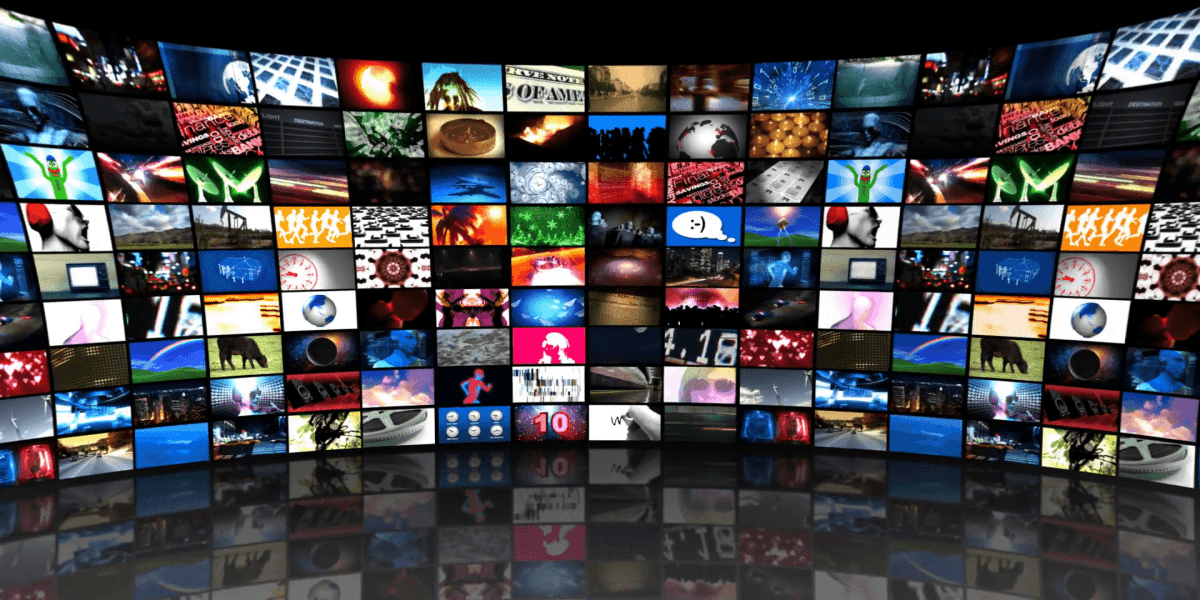

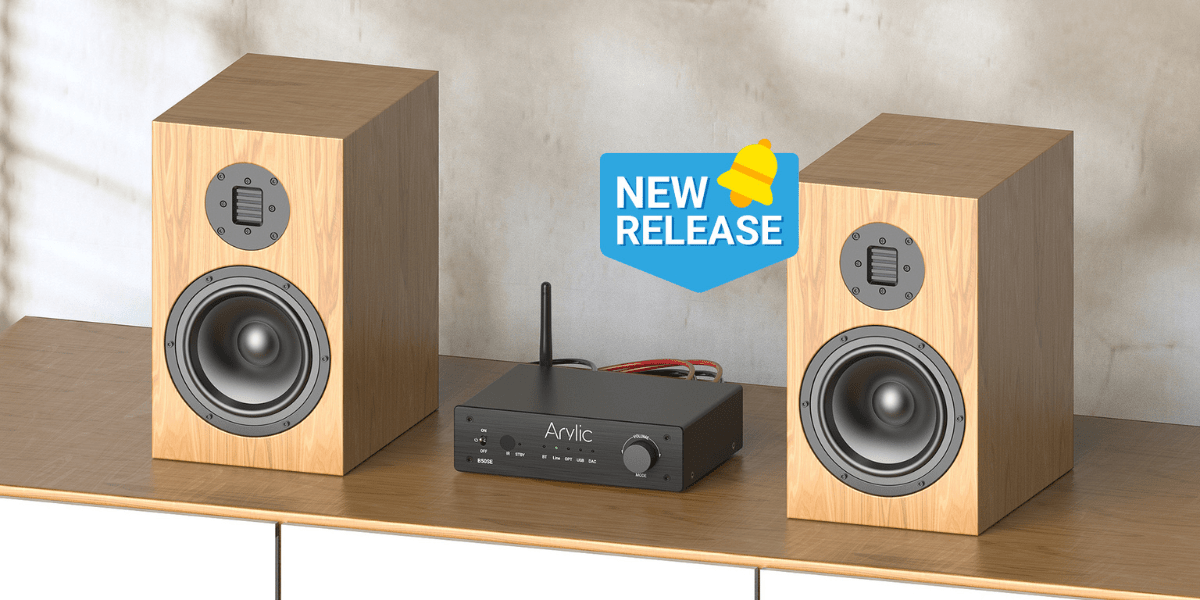
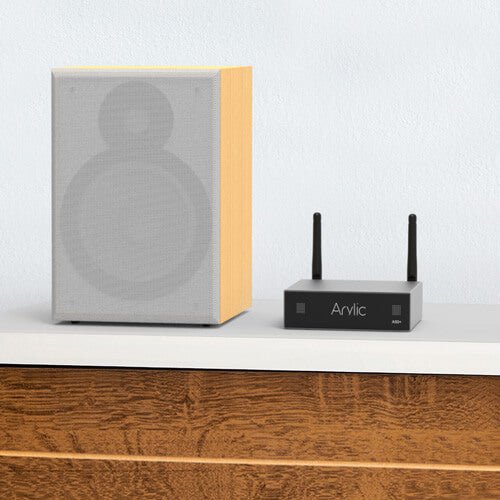
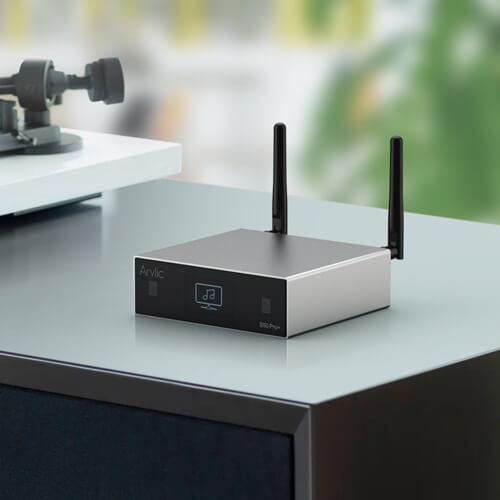
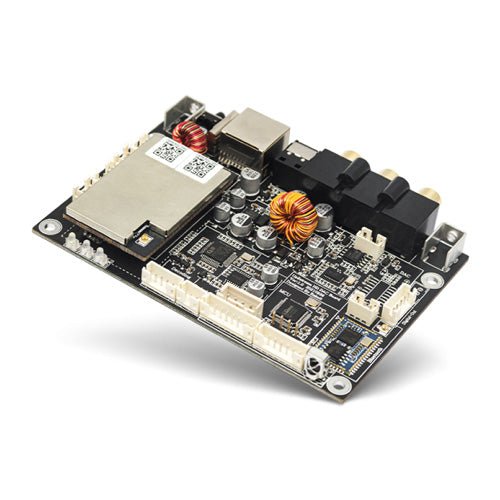
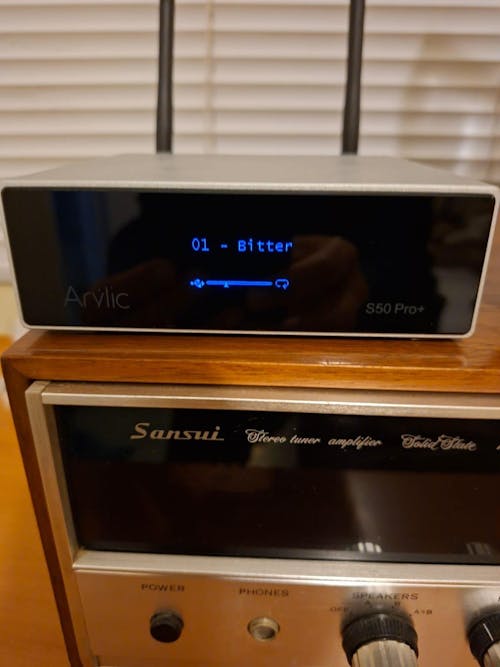
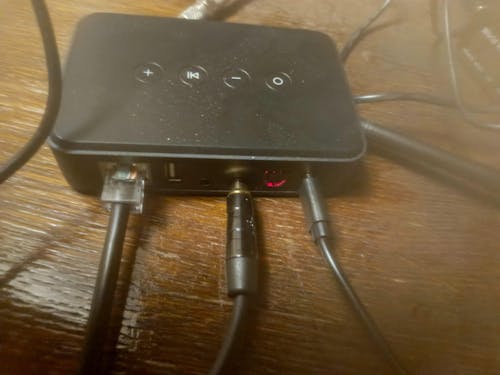
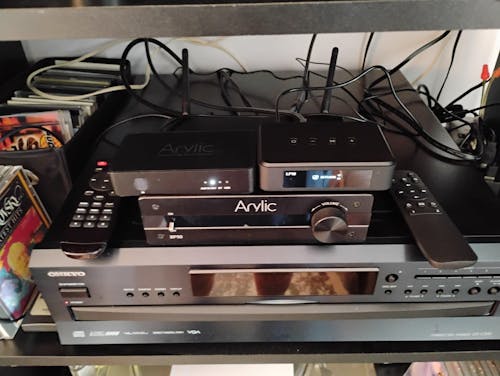
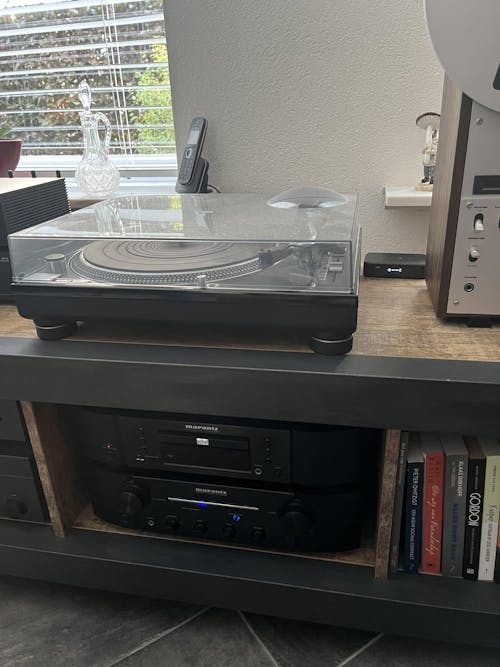
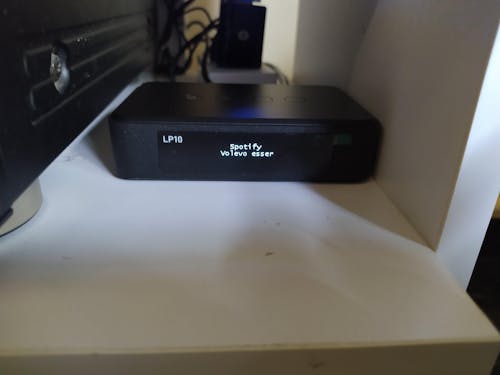
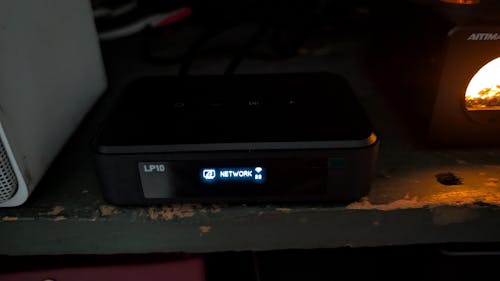



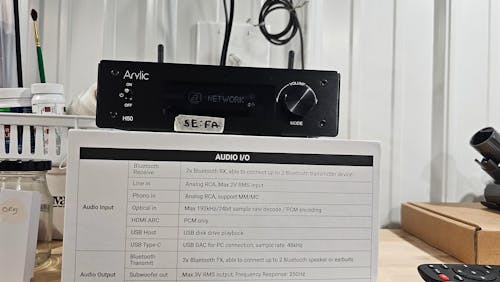
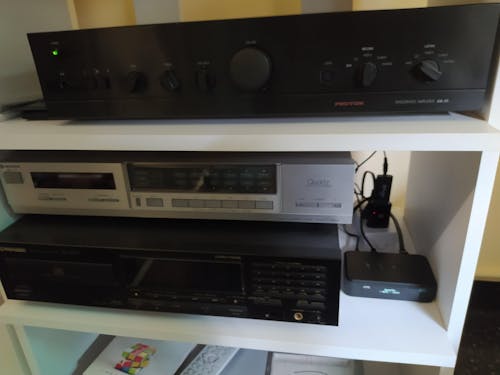
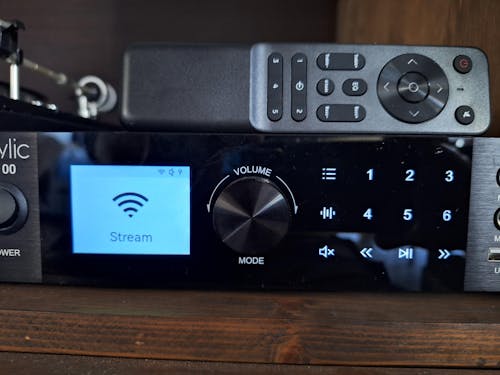
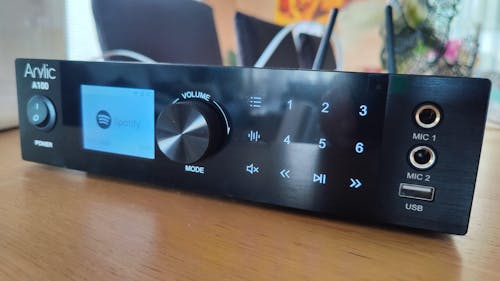

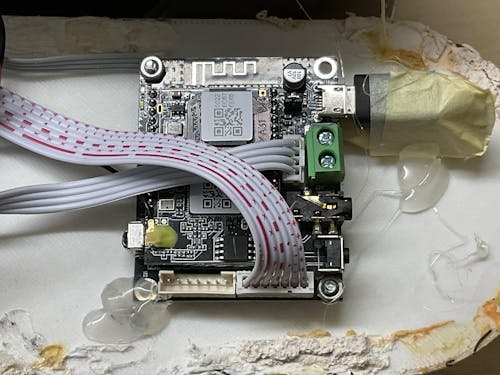
Leave a comment
All comments are moderated before being published.
This site is protected by hCaptcha and the hCaptcha Privacy Policy and Terms of Service apply.